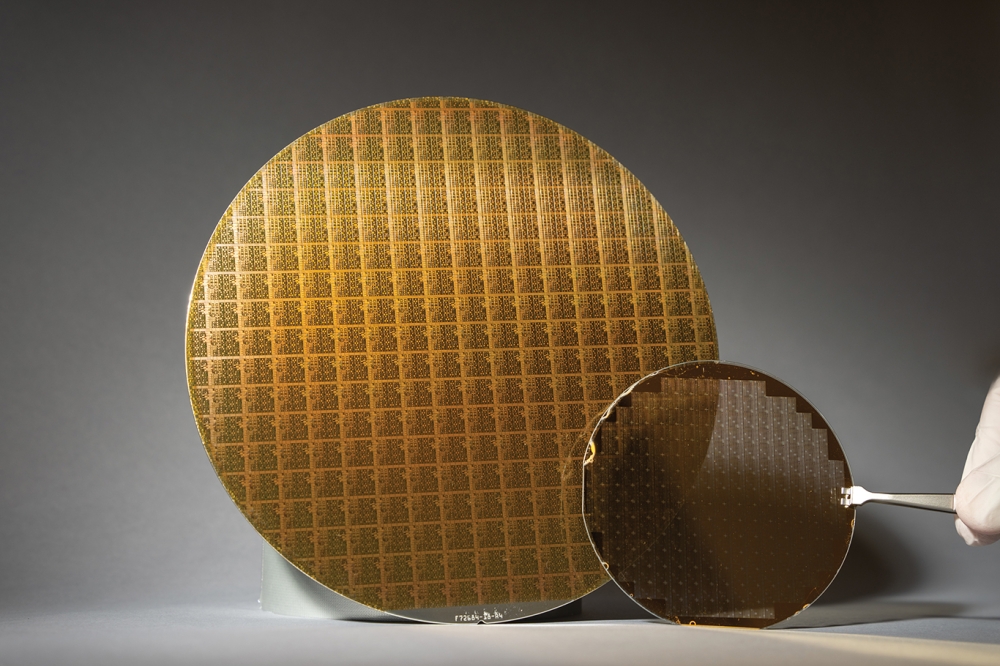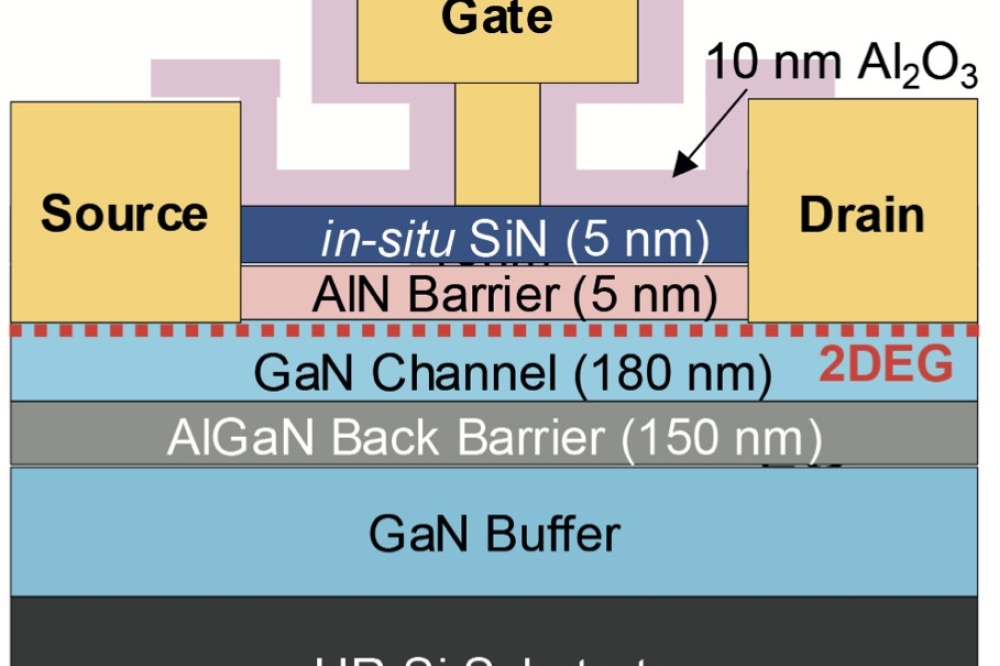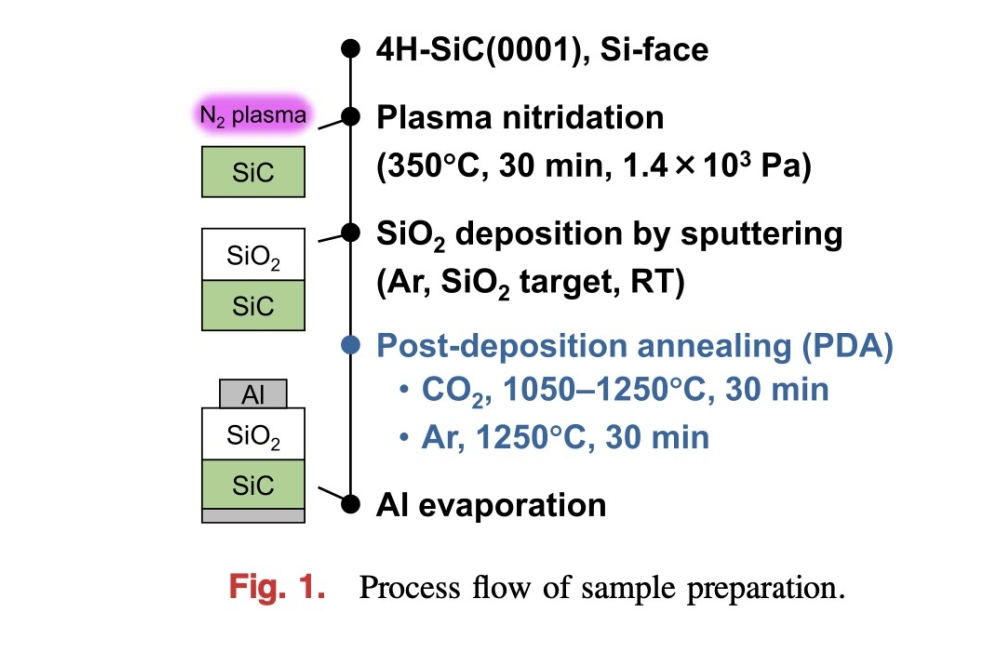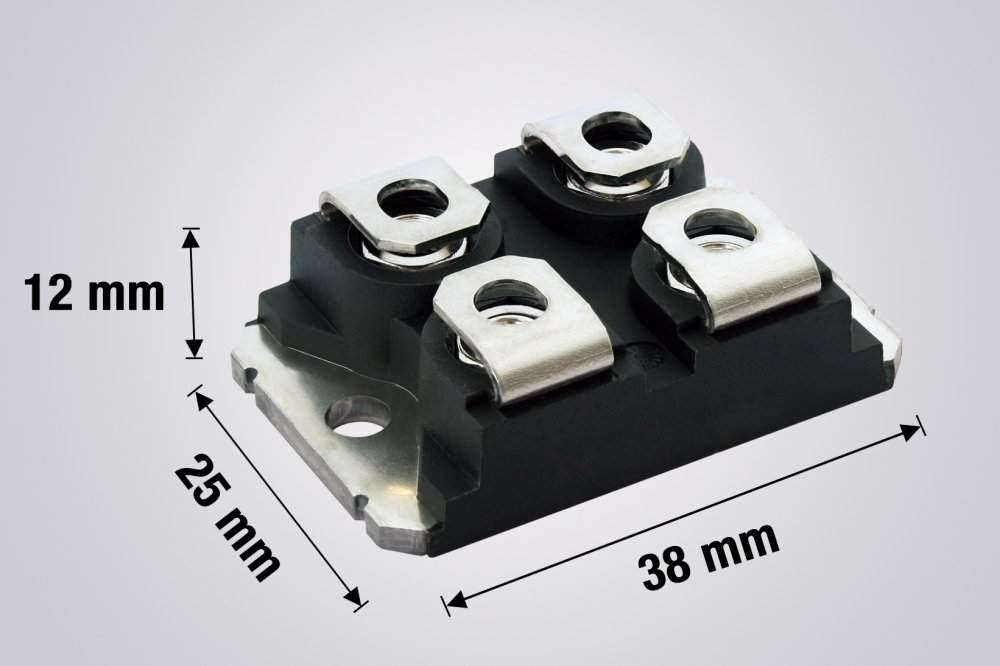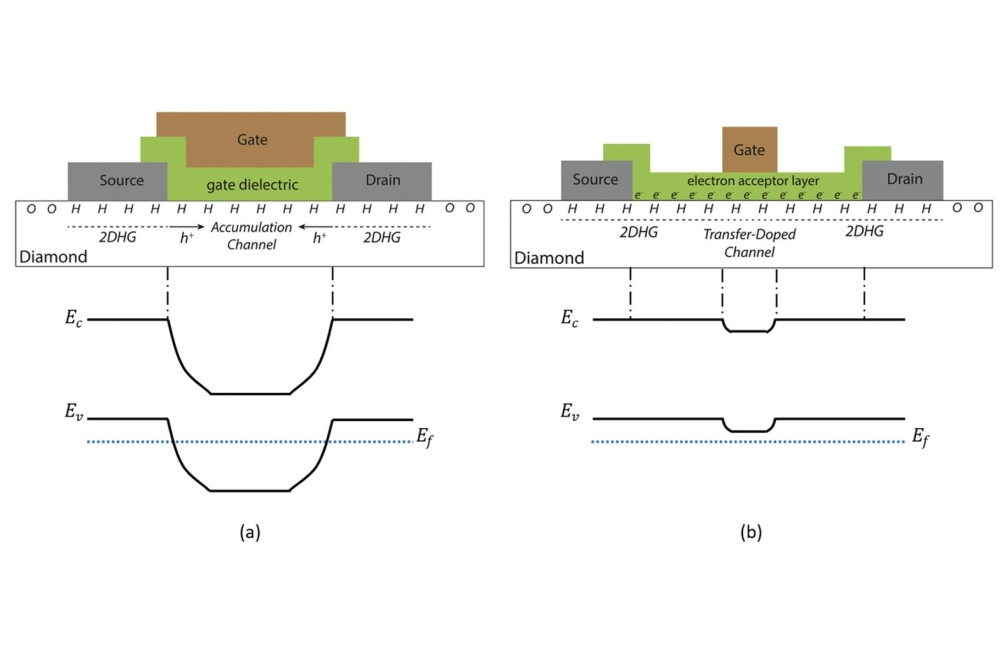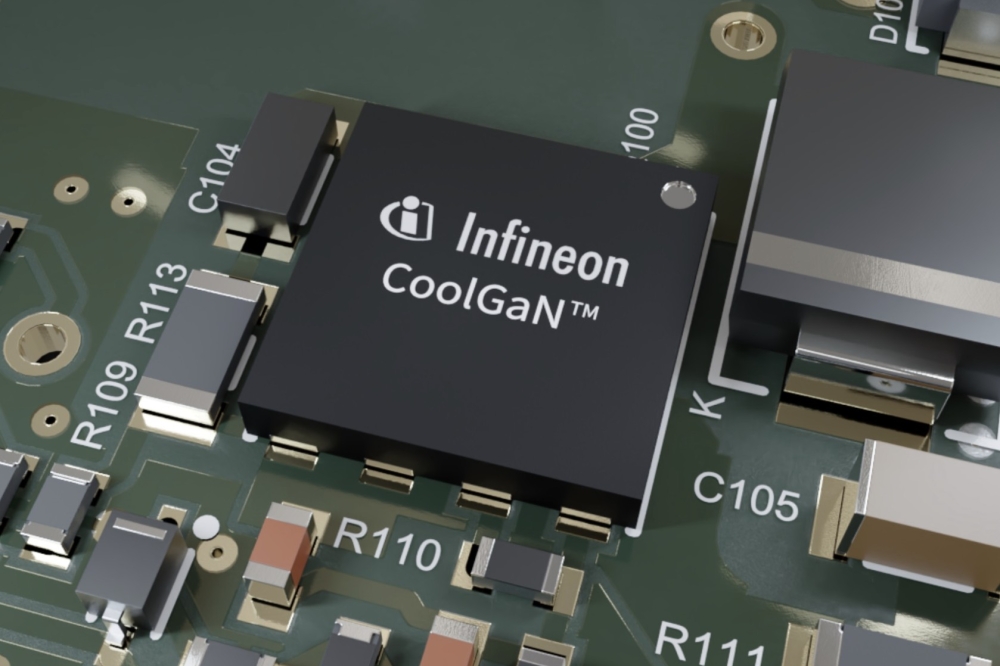The source of perovskite breakdown?
![]()
During the operation of MAPbI3 solar cells, various factors including moisture, oxygen, light illumination, and applied electric field, can generate iodine
Researchers at the Energy Materials and Surface Sciences Unit at the Okinawa Institute of Science and Technology Graduate University (OIST) in Japan have published new findings on the cause of rapid degradation in MAPbI3 perovskite solar cells (PSCs).
Their paper in Nature Energy, shows that iodide-based perovskites will universally produce a gaseous form of iodine, I2, during operation, which in turn causes further degradation of perovskite.
While many researchers have pointed to other sources, such as moisture, atmospheric oxygen and heat as the cause of MAPbI3 degradation, the fact that these solar cells continue to degrade even in the absence of these factors has led Wang to believe that a property intrinsic to these PSCs was causing the breakdown of material.
"We found that these PSCs are self-exposed to I2 vapour at the onset of degradation, which led to accelerated decomposition of the MAPbI3 perovskite material into PbI2," said Shenghao Wang, first author of the paper. "Because of the relatively high vapour pressure of I2, it can quickly permeate the rest of the perovskite material causing damage of the whole PSC.
But the research does not rule out using perovskites in solar cells, however. Yabing Qi, leader of the Energy Materials and Surface Sciences Unit and corresponding author of this work, says: "Our experimental results strongly suggest that it is necessary to develop new materials with a reduced concentration of iodine or a reinforced structure that can suppress iodine-induced degradation, in addition to desirable photovoltaic properties".
The researchers are continuing to investigate different types of perovskite materials in order to find more efficient, cost-effective, and long lifespan perovskite material suitable for use. Their goal is to make solar cells that are affordable, efficient and stable so that they will be more accessible to the general population.

